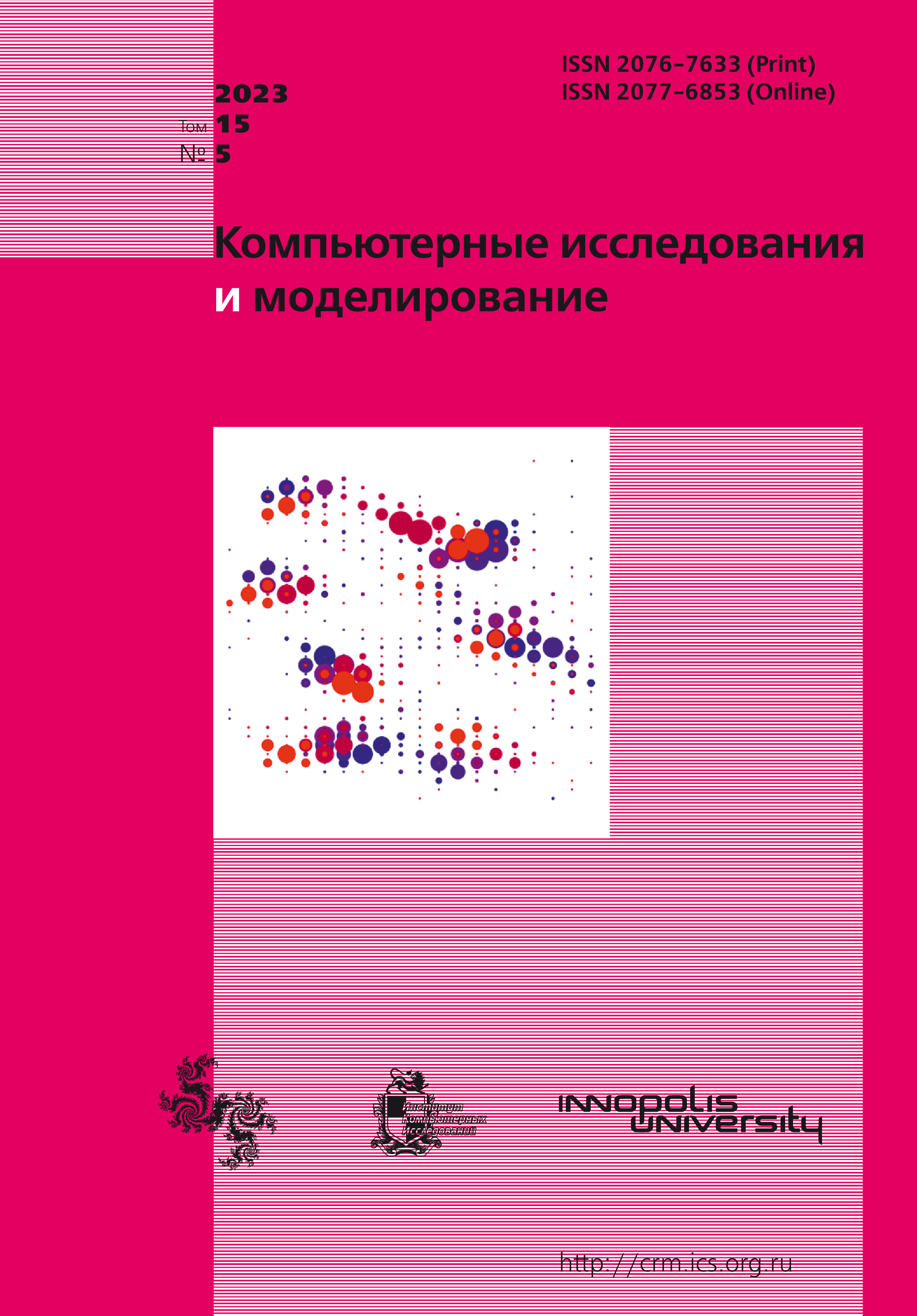All issues
- 2025 Vol. 17
- 2024 Vol. 16
- 2023 Vol. 15
- 2022 Vol. 14
- 2021 Vol. 13
- 2020 Vol. 12
- 2019 Vol. 11
- 2018 Vol. 10
- 2017 Vol. 9
- 2016 Vol. 8
- 2015 Vol. 7
- 2014 Vol. 6
- 2013 Vol. 5
- 2012 Vol. 4
- 2011 Vol. 3
- 2010 Vol. 2
- 2009 Vol. 1
On the kinetics of entropy of a system with discrete microscopic states
 pdf (318K)
pdf (318K)
An isolated system, which possesses a discrete set of microscopic states, is considered. The system performs spontaneous random transitions between the microstates. Kinetic equations for the probabilities of the system staying in various microstates are formulated. A general dimensionless expression for entropy of such a system, which depends on the probability distribution, is considered. Two problems are stated: 1) to study the effect of possible unequal probabilities of different microstates, in particular, when the system is in its internal equilibrium, on the system entropy value, and 2) to study the kinetics of microstate probability distribution and entropy evolution of the system in nonequilibrium states. The kinetics for the rates of transitions between the microstates is assumed to be first-order. Two variants of the effects of possible nonequiprobability of the microstates are considered: i) the microstates form two subgroups the probabilities of which are similar within each subgroup but differ between the subgroups, and ii) the microstate probabilities vary arbitrarily around the point at which they are all equal. It is found that, under a fixed total number of microstates, the deviations of entropy from the value corresponding to the equiprobable microstate distribution are extremely small. The latter is a rigorous substantiation of the known hypothesis about the equiprobability of microstates under the thermodynamic equilibrium. On the other hand, based on several characteristic examples, it is shown that the structure of random transitions between the microstates exerts a considerable effect on the rate and mode of the establishment of the system internal equilibrium, on entropy time dependence and expression of the entropy production rate. Under definite schemes of these transitions, there are possibilities of fast and slow components in the transients and of the existence of transients in the form of damped oscillations. The condition of universality and stability of equilibrium microstate distribution is that for any pair of microstates, a sequence of transitions should exist, which provides the passage from one microstate to next, and, consequently, any microstate traps should be absent.
Copyright © 2023 Minkevich I.G.
Indexed in Scopus
Full-text version of the journal is also available on the web site of the scientific electronic library eLIBRARY.RU
The journal is included in the Russian Science Citation Index
The journal is included in the RSCI
International Interdisciplinary Conference "Mathematics. Computing. Education"






